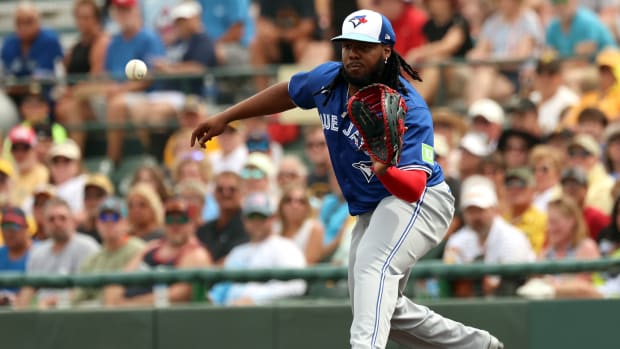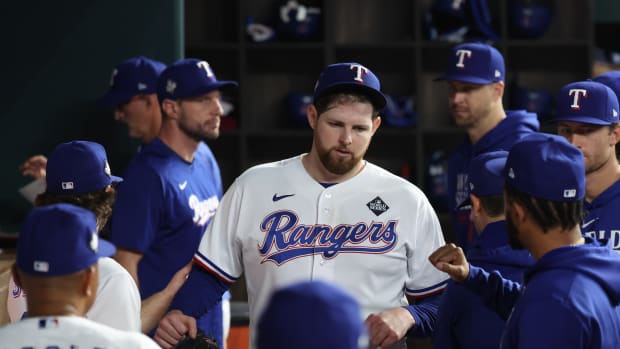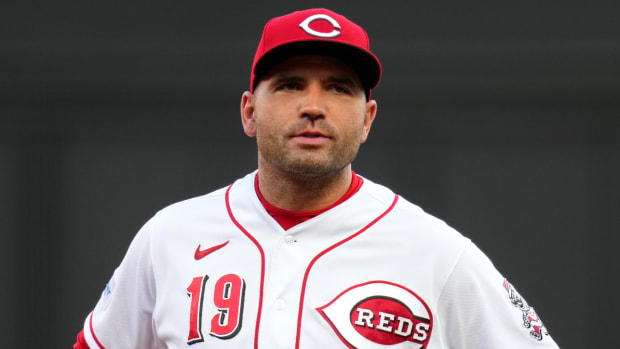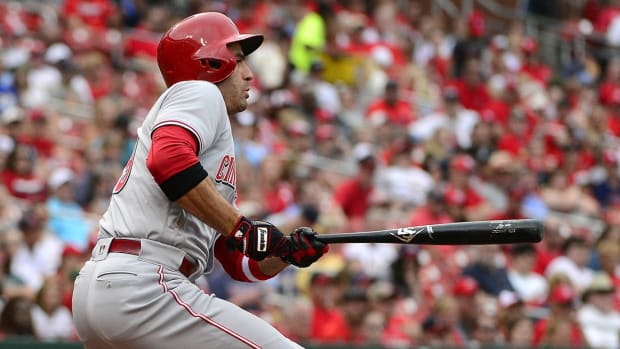Blue Jays Win Showcases The New Robbie Ray
Robbie Ray threw his left hand in the air as J.P. Crawford bent down to remove a shin guard. The lefty’s full-count slider fell short of the zone and Crawford unflinchingly stared at the ball four.
Ray worked Crawford to two strikes early before the shortstop took four borderline pitches to earn his free base. Crawford was the first of five long Seattle at bats in Tuesday’s opening inning, in which Ray threw 30 pitches before laboring off the mound.
Five innings later, the lefty’s pitch count sat at a pristine 71, and he later exited the game with 6 IP, and 3 ER on just 90 pitches. Tuesday’s outing started shakey but turned into the latest showcase of every aspect — good and bad — of 2021 Robbie Ray. The new Ray is unlike any of the lefty’s previous forms, he attacks the zone, pitches deep into games and is finding out how to succeed while living in the strike zone.
“Robbie grinds every single day," infielder Bo Bichette said. "There have been other outings where you could tell he didn’t have it early but nothing happened because he competes no matter how he feels. That’s a good guy to play behind.”
Coming into Tuesday's start, Ray had just one more walk than Hyun Jin Ryu, one of the best control pitchers in baseball. His 2.2 walks-per-nine are second-lowest in Toronto's rotation and 1.3 lower than any other season of his career. Ray has bought into strike zone aggression and trusted his stuff, a mantra Blue Jays pitching coach Pete Walker has preached for the entire team this season, not just Ray. A quick look at Ray’s 2020 and 2021 FanGraphs heatmaps (below) shows the unprecedented aggression Toronto’s starter has flashed.
On nights light Tuesday, where Ray has full command of his fastball and slider, he doesn't even need to turn to his third (curveball) or fourth-best pitch (changeup). He was getting ahead of batters and flipping his slider for whiffs away or front door called strikes. When his main two offerings are on, Ray can recover from a 30 pitch inning and get out of any frame in single-digit tosses.
“It’s just been about getting ahead of guys," Ray said. "Getting 0-1, 1-2, and not having lengthy at bats.”
In the sixth inning, George Springer hesitated in centerfielder in an attempt to pick up the outfield fly ball before he darted towards left-center. Toronto’s outfielder tracked the fly, but ran out of room at the warning track and watched a Ty France three-run home run depart Sahlen Field to tie the game.
The one drawback of Ray’s 2021 aggression is a spike in home runs. His 2.0 homers-per-nine are a half-homer higher than any other season prior to joining the Blue Jays, and his 19 long shots against lead Major League Baseball. Normally, skyrocketing home run rates lead to ballooned ERAs (as Steven Matz learned in 2020), but Ray is still sporting a mid-threes ERA.
The former Diamondback has limited the long ball damage by allowing 14 of his 19 homers against with no runners on base. If Ray can continue to limit multi-run homers, his new approach has been so effective in every other facet — 11.5 K/9, 1.128 WHIP, 4.31 FIP — that dingers have become an accepted risk.
"Home runs are going to be up just because he's around the zone all the time," Blue Jays manager Charlie Montoyo said. “I don't mind that because he's doing such a great job and going into the sixth almost every outing."
While Ray’s gaudy strikeout numbers and All-Star caliber ERA have pushed him into 1B conversation in Toronto’s rotation, his largest value to the Blue Jays has been length. Tuesday’s win was the lefty’s 10th quality start of the season, and if he can continue to attack the zone, limit costly homers, and work deep into ball games, the new Ray can be a second ace.






